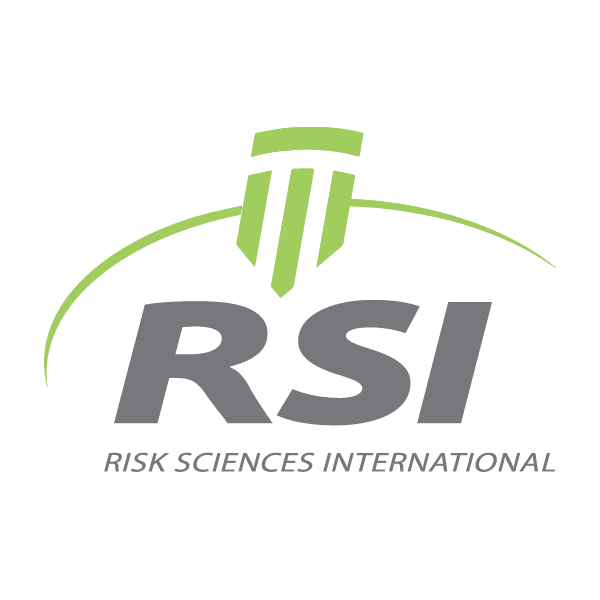Manganese is an essential trace element necessary for human health, industrial processes, and steel production, yet it also poses risks when exposure levels exceed safe thresholds. Occupational exposure in mining, welding, and manufacturing, as well as environmental contamination from industrial emissions or water supplies, can lead to neurological effects, including manganism — a Parkinson’s-like disorder.
The challenge lies in managing the dual nature of manganese: as a vital nutrient at low levels but a toxicant at high exposures. Regulatory agencies must set protective guidelines, industries must safeguard workers and limit environmental releases, and communities near industrial sites often express concern about long-term exposure. Scientific debates continue around safe limits, particularly for sensitive groups such as children, where excessive exposure may affect neurodevelopment.
Risk sciences provide clarity by integrating toxicological data, exposure pathways, and epidemiological studies. Modeling cumulative exposures and assessing population vulnerabilities enable better regulatory decisions and targeted interventions. Transparent risk communication is also critical in ensuring that both industry and the public understand where real risks lie, and how they can be managed effectively.
RSI is committed to advancing the science and management of manganese risks, bringing the expertise and experience necessary to guide evidence-based decisions in this sector.

